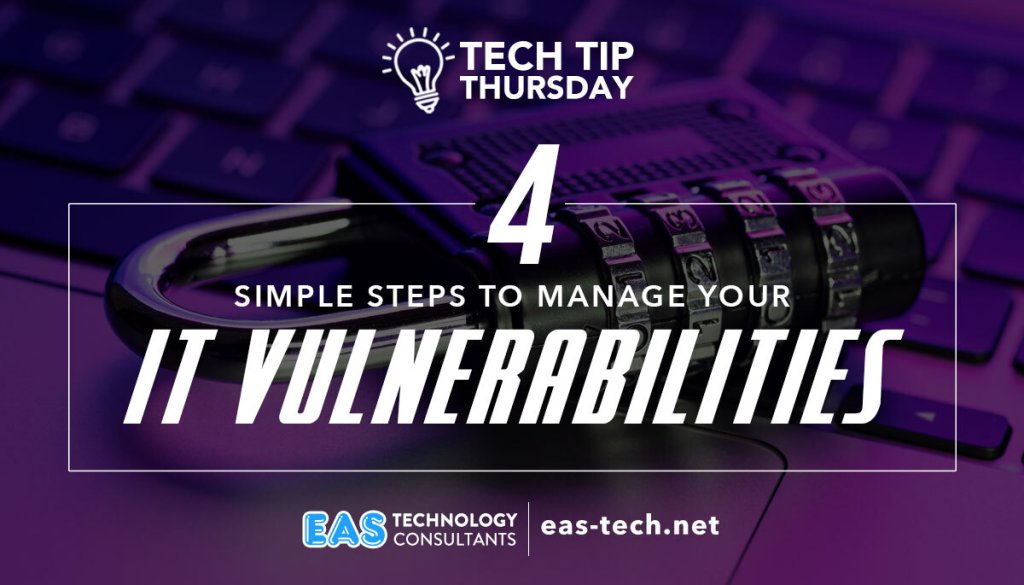
It is important for businesses to stay up-to-date with the latest software and hardware updates in order to protect their data from malicious attackers. Technology vulnerabilities are an ever-present threat and must be monitored closely. As soon as a vulnerability is identified, it should be addressed immediately using the appropriate security patch. This cycle of addressing vulnerabilities will ensure that businesses remain secure in their operations. Companies should also have a comprehensive security plan in place to reduce the risk of attack and protect valuable data. By staying up-to-date on technological vulnerabilities, companies can guard against malicious activity and continue to innovate without worry.
Let’s talk about a vulnerability management process that can help to reduce your risk.
Identify Assets 📃
To combat cyber threats, it is crucial to first identify the assets your company owns and what systems or networks they connect to. This includes hardware, software, and user accounts. Knowing this information will allow you to create a comprehensive plan for monitoring and patching vulnerabilities.
Get a Vulnerability Assessment 🔒
Once you have identified the assets your company owns, it is important to get a vulnerability assessment. This involves scanning for potential weaknesses in applications and systems and enabling automated patching when necessary. A vulnerability assessment will give you an overview of the data security risks within your network and help you develop a strategy for protecting those assets.
Prioritize Vulnerabilities 📊
Once a vulnerability assessment has been performed, it is important to prioritize the identified vulnerabilities. By taking into account the type of vulnerability and its potential impact on your systems, you can create an effective plan for addressing any weaknesses in your security posture. In addition, prioritizing vulnerabilities helps focus resources and ensure that the highest-risk areas are addressed first.
Monitor and Patch Vulnerabilities 👁️
Once you have identified and prioritized the vulnerabilities, it is time to take action. Implementing a detailed vulnerability management plan will help ensure that security patches are applied quickly and appropriately. This includes regularly monitoring for updates from vendors, installing patches as soon as they become available, and testing them to make sure they are effective.
By following a vulnerability management process, businesses can reduce the risks associated with cyber threats and ensure that their data is secure. Keeping assets up to date, performing vulnerability assessments regularly, and taking proactive steps to address any security gaps are all important components of an effective security plan. With the right strategy in place, companies can better protect their data and continue to innovate without worry.
Ready to Get Started?
We can help you define a security posture AND protect your assets. Simply reach out to us today to get started!
